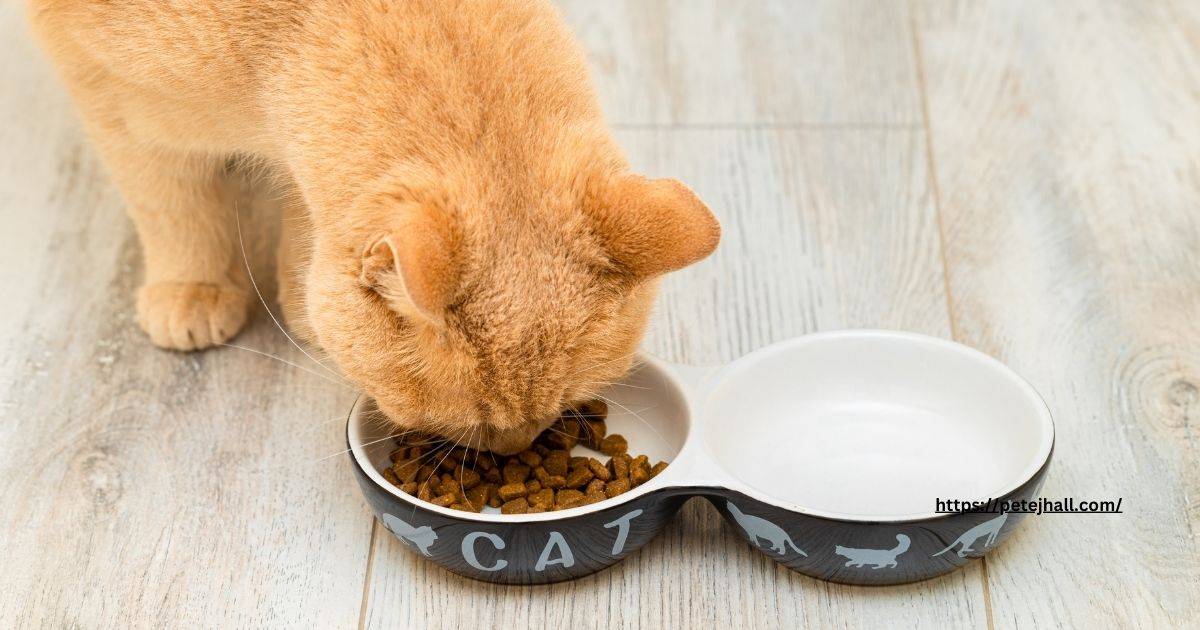Diet is a key factor in managing the health of diabetic cats. If you are a cat owner, understanding the dietary requirements of your pet can go a long way in managing blood sugar levels and contributing to its overall well-being. What is the best food for a cat with diabetes? Let’s get into it.
Diabetes in cats.
CATS usually have diabetes mellitus when the body does not have enough insulin or fails to create effective insulin. Insulin helps to control blood sugar, and without it, your cat’s glucose levels may rise too high. People with type 1 diabetes may have the following signs and symptoms: relatively greater thirst and frequent urination. Weight loss, languor
Insulin therapy and diet management often work together to achieve control. To keep this under control, a well-balanced diet specifically geared to diabetic cats can help maintain their blood sugar levels and, more importantly, prevent any other complications.
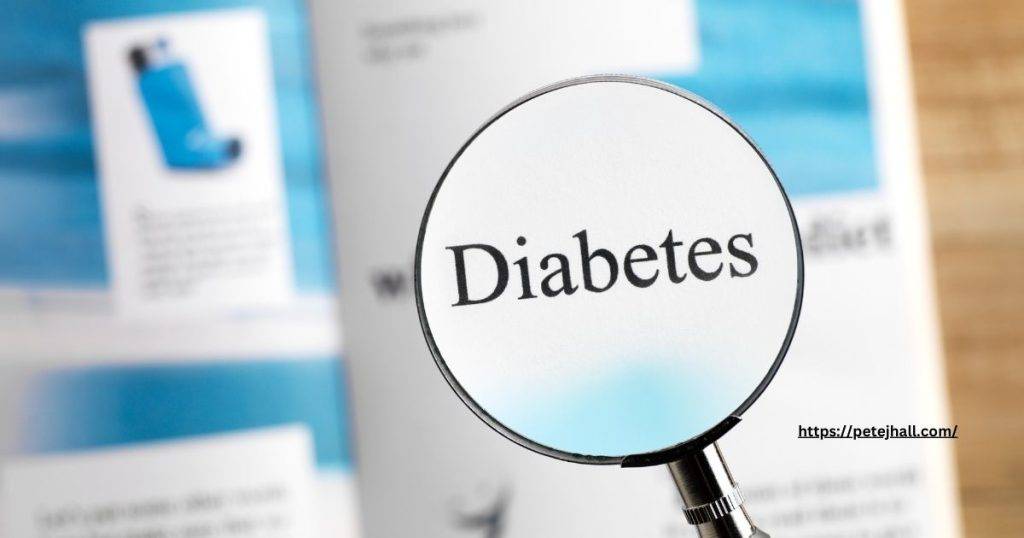
What is the best food for a cat with diabetes? Key nutritional components
There are three important components to consider when determining the best food for a diabetic cat.
High-Quality Protein
Cats are obligate carnivores, so they need a diet that is very high in animal-based proteins. A high-protein diet is crucial for maintaining muscle mass in a diabetic cat, and it also aids in weight management. Look for foods that have meat (chicken, fish, or poultry) as the primary ingredient.
Low carbohydrate
Carbohydrates what they do: spike blood sugar Thus, choosing low-carb meals requires caution. You also need to keep away from grains, fillers, or products that are too starchy since they will spike up glucose in your body.
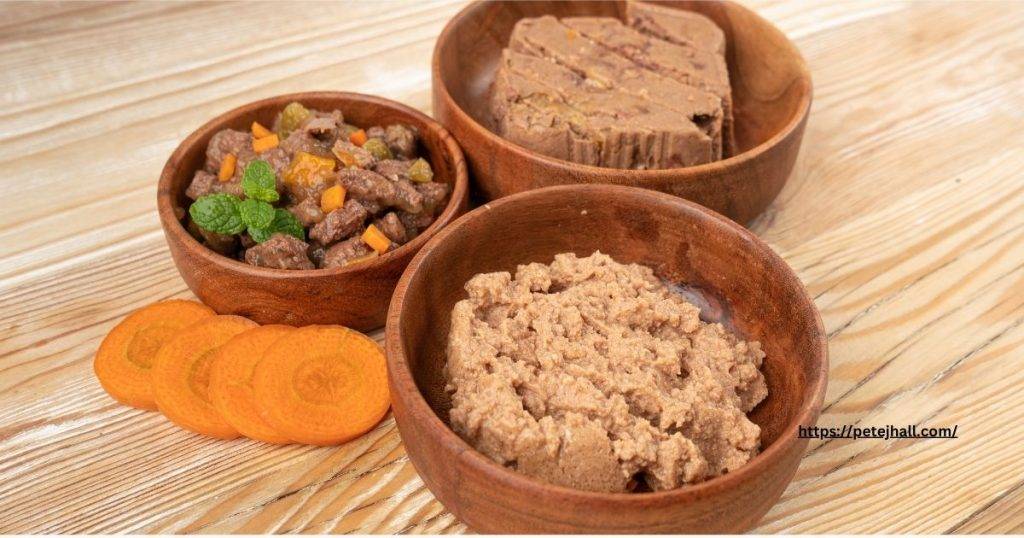
Healthy Fats
Including a moderate amount of healthy fats in the diet is necessary for our energy and health. These are omega-3 and omega-6 fatty acids, which can help to ensure your dog maintains a healthy coat and skin as well as provide anti-inflammatory benefits. Fish oil or chicken fat are two sources to be aware of when buying cat food.
Fiber
High-fiber foods work to prevent postprandial hyperglycemia by slowing down the absorption of glucose, thereby reducing the risk of “highs” after meals. Pumpkin, beet pulp, or chicory root are efficacious for diabetic cats.
Recommended types of foods
Prescription Diets
The best bets for diabetic cats are often the therapeutic diets designed especially for them and prescribed by your veterinarian. These diets specifically balance the right nutrients to aid in diabetes control. There are many different specialized formulas for a variety of health issues available in Hill’s Prescription Diet, Royal Canine Veterinary Diet, and Pro Plan Veterinary Diets.
Commercial Diabetic Foods: High-Protein, Low-Carb
Many commercial cat diets are also low in carbohydrates and high in protein. Opt for a brand with high-quality, low-carb dry food like Wellness CORE, Blue Buffalo Wilderness, or Orijen. Just make sure to double check the label to ensure they meet your diabetic cat’s nutritional requirements.
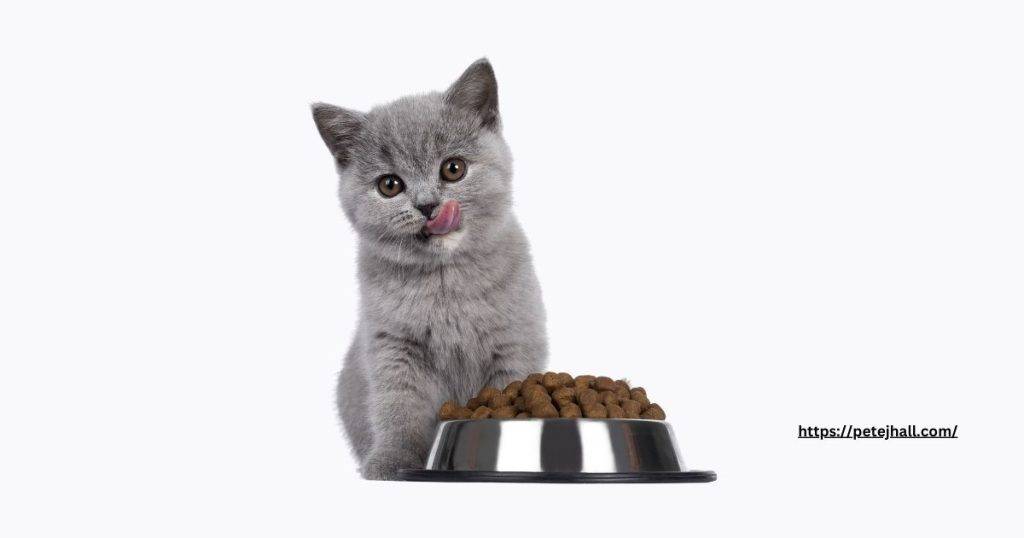
Home-Cooked Meals
Cooking homemade meals for diabetic cats may be a viable option for some pet owners. If you choose this path, ensure you seek advice from a veterinarian or pet nutritionist to ensure the diet is well-balanced and tailored to your cat specifically.
Things to Avoid
- Dry Kibble: The high carbohydrate content of many dry cat foods can be detrimental to a diabetic cat’s health. If you are going to feed dry food, at least make sure it is a prescription diet for diabetic cats and low in carbohydrates.
- Sweets: Steer clear of sugar-laden desserts as they can elevate blood sugar levels. Instead, choose low-carb or protein-focused snacks.
- Human Foods: There are some human foods that may be safe, but make sure to check with a vet prior to giving my feline anything new.
Transitioning Your Cat’s Diet
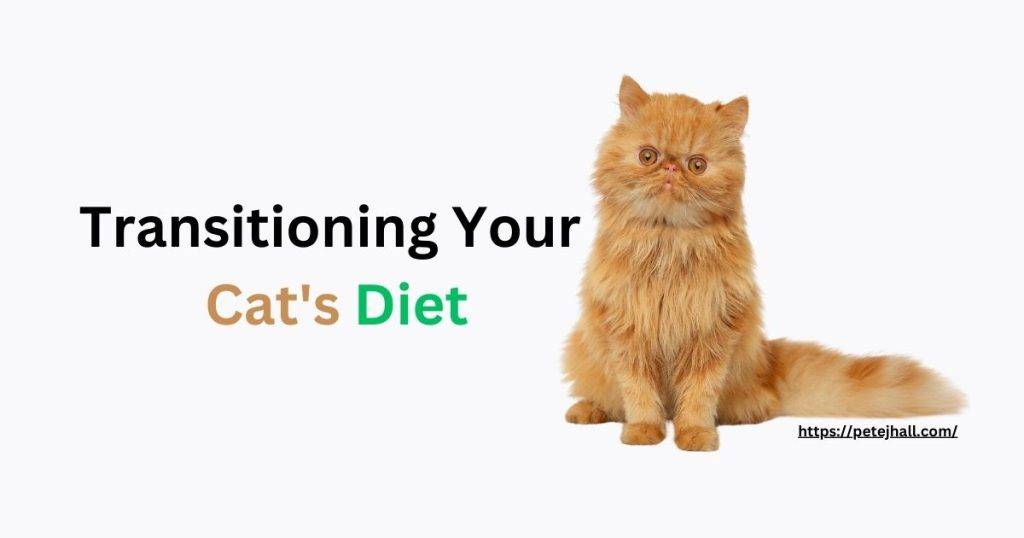
Ensure you transition your cat to a new diet slowly over seven to 10 days so as not to upset the digestive system. Gradually add more of the new food while reducing as much old food.
Copious surveillance and veterinary care
Lastly, it is crucial to manage blood glucose through regular monitoring and communication with a veterinarian. Follow up is it crucial to monitor the effectiveness of the medication during this diet and assist in adjusting the dosages?
Conclusion
It is important to find the best food for a cat with diabetes as it addresses their overall health and well-being. Additionally, provide high-protein and low-carbohydrate diets in consultation with your vet personnel. If properly diagnosed and managed, your dog with diabetes can still live a joyful life. Always remember that every cat is different, and what works for one may not work for another, so always keep your specific kitty’s needs in mind.
FAQ
What Should I Feed A Cat With Diabetes?
For the diabetic cat, there is no better diet than one containing high protein, moderate fats, and low carbohydrates. Veterinarians often prescribe diets specifically formulated for diabetic cats, but high-quality commercial foods with similar nutritional composition can also be effective.
Is It Okay to Give My Diabetic Cat Treats?
Yes, you can give your diabetic kitty treats, but be sure to select ones that are low-carb or high in protein. Stay away from those treats that contain additional sugars and ask your veterinarian for safe ones instead.
Can I feed my diabetic cat dry kibble?
Many regular dry foods are high in carbohydrates, which will spike a diabetic cat’s blood sugar level. If you decide to use Kibble, be sure it is a diabetic cat food and low carb.
How can I cook for my diabetic cat?
Homemade food is always an option for your diabetic cat, but do not attempt to create a diet on his/her own without first consulting with a pet nutritionist or veterinarian about how he/she will balance the diet and ensure it meets all of your cat’s specific nutritional needs.
If I decide to try a new diet, how should I change my diabetic cat’s food?
If you’re transitioning, they will need about a week, or maybe more, to do so. Combine with the old food; gradually decrease the amount of the new while increasing it to prevent an upset tummy.

